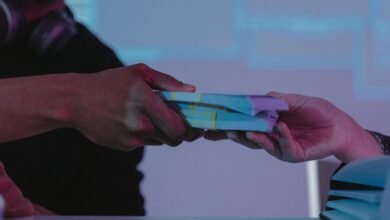Caller Protection Defense Intelligence Verification Office 3801511585 3516325624 3481866563 3517104682 3440113370 3509075760

The Caller Protection Defense Intelligence Verification Office operates as a critical entity in enhancing communication security. It employs sophisticated methods to verify caller authenticity, focusing on numbers like 3801511585 and 3516325624. By identifying patterns in communication, the office can flag potentially suspicious contacts. Understanding these processes is essential for individuals seeking to protect their personal information. The implications of these measures raise further questions about privacy and security in everyday interactions.
Understanding the Caller Protection Defense Intelligence Verification Office
Although the Caller Protection Defense Intelligence Verification Office plays a crucial role in safeguarding communication integrity, its functions and processes often remain obscure.
This agency employs advanced caller verification methods and intelligence protocols to ensure that communications are authentic and secure.
Identifying Suspicious Phone Numbers
How can individuals effectively identify suspicious phone numbers in an age of rampant telecommunication threats?
Analyzing suspicious patterns, such as frequent calls from unknown sources or numbers with unusual origins, can provide insight into potential scams.
Cross-referencing these patterns against established databases may help reveal fraudulent intentions, enabling individuals to protect their personal information and maintain their autonomy in communication.
Tools and Resources for Verification
Numerous tools and resources are available for verifying the legitimacy of phone numbers, empowering individuals to make informed decisions about their communications.
Verification techniques often involve cross-referencing phone number databases, which compile information from various sources.
These databases enable users to assess caller identity and legitimacy, enhancing security and fostering independence in managing communications.
Utilizing these tools is essential for safeguarding personal information.
Best Practices for Protecting Your Privacy
When individuals prioritize their privacy, implementing best practices becomes essential to mitigate risks associated with digital communications.
Utilizing robust privacy settings across platforms ensures control over personal information. Additionally, employing data encryption safeguards sensitive data during transmission, thwarting potential breaches.
Regularly reviewing privacy policies and remaining vigilant against phishing attempts further enhances security, empowering individuals to maintain their freedom in an increasingly interconnected world.
Conclusion
In an era where communication is akin to navigating a vast ocean, the Caller Protection Defense Intelligence Verification Office serves as a lighthouse, guiding individuals away from treacherous waters of scams and fraud. By employing robust verification methods and identifying suspicious numbers, it fortifies the integrity of personal communication. As technology evolves, individuals must remain vigilant, utilizing the tools and best practices outlined to safeguard their privacy, ensuring they can chart a safe course through the interconnected world.


